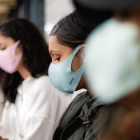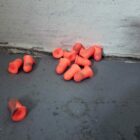Millions of American workers use and discard polyurethane foam earplugs every day believing that they are doing what is in the best interest of their health. While the use of this product is highly beneficial for a person’s hearing health, the discarded PU foam plugs ultimately become a serious health hazard for future generations of people who have no direct connection to these workers. In this article we will discuss the ongoing environmental challenges created by polyurethane as well as how eco friendly earplugs are starting to make a difference.
Everyone agrees that PU earplugs protect from the noise exposure risks of construction, industrial manufacturing, shooting, and motorsport. The PU single-use disposable ear plug remains the most common type of hearing protection in use today. Regrettably, hundreds of billions of these earplugs have ended up in public landfills and waterways since they were first introduced to consumers and industrial workplaces more than 40 years ago. As a point of perspective, a single company with 200 employees wearing single use earplugs will dispose of more than half a million single earplugs in landfill within a three year period. PU earplugs never biodegrade, and once buried in landfills the polyurethane ultimately leaches into the ground water tables.

Polyurethane is a synthetic polymer developed in the 1940s, that is often used to replaces rubber, paint, wood, or metals. Polyurethane is found in a wide variety of modern appliances, furnishings, paints, vehicle parts, foam insulation materials, glues, and shoes, among many other applications, and has the advantages of strength, durability and elasticity. Some of the polyurethane used can be recycled into other products, but it all ends as waste eventually. The environmental problem is that once it enters the landfill it could remain there almost indefinitely because nothing we know is able to metabolize and digest it (in other words, it is not biodegradable), and the chemical bonds within it are so strong they do not degrade readily. Polyurethane can be burnt, but this releases harmful carbon monoxide into the atmosphere, along with other toxic chemicals.
There are four categories of earplugs: single use, which are worn once and then replaced when workers reenter a noise area; multiple use, which can be used repeatedly and cleaned with soap and water; banded earplugs, which essentially are two foam earplugs held together by a plastic or metal band; and detectable earplugs, which can be used in environments where you need to be able to screen for foreign substances in the finished product. These are particularly useful in the food processing, tobacco, and paper industries.
Single-Use Earplugs
Single-use, or disposable, earplugs are the most common type used today. They are popular because of their low cost, ease of use, and high level of comfort. There are different styles, ranging from the 35-year-old yellow PVC barrel earplugs to the latest contoured polyurethane (PU) foam earplugs.
PU earplugs were introduced in the 1980s and have taken over a significant share of the world ear plug market. PU plugs are soft, comfortable, easy to roll down for insertion, and available in a variety of different shapes, sizes, and colors. PU foam is also made in different densities, which means you can get a heavier ear plug that blocks out the maximum amount of noise (NRR 33 is the current max) or a lower density in a smaller shape that exerts less pressure on the ear canal. These are particularly useful for people who wear earplugs for extended periods of time or have smaller ear canals.
Multiple-Use Earplugs
Reusable earplugs appeal to different types of users and companies. While they are significantly more expensive than disposable foam earplugs, over time they can actually be more economical. If wearers take proper care and maintain their multiple-use earplugs, the dollar spent on a pair can go a lot further than the pennies spent on each pair of single-use earplugs.
Multiple-use earplugs are typically molded with a semi-rigid stem and pliable flanges, so they don’t require rolling prior to insertion. They insert easily and can be quite comfortable for extended periods. Like disposables, most reusable earplugs used to be made of PVC, which has gotten bad press. It’s not a particularly environmentally friendly product, and many of these HPDs end up in a landfill.
Polyurethanes were first produced and investigated by Dr. Otto Bayer in 1937. Polyurethane is a polymer in which the repeating unit contains a urethane moiety. Urethanes are derivatives of carbamic acids which exist only in the form of their esters (Dombrow 1957). This structure can be represented by the following, generalized amide-ester of carbonic acid:
O R–O–C–NH2
Polyurethane foam is a subset of synthetic plastics. The main properties of polyurethane foam include the ability to be easily molded into various shapes and the capacity to return to its original shape. Polyurethane foam comes in three types: flexible, rigid and viscoelastic (i.e. memory) foam. These foams are typically either polyether or polyester based polyols, that are not considered to be biodegradable compounds and are obtained from petroleum based resources.
Considering the versatility of polyurethane foam, it is understandable that demand is going to continue to increase with increased usage and application. At the global level, polyurethane foam utilization reached 8 million tons and was expected to reach 9.6 million tons by 2016. In 2010, the top consumers included North America, Asia-Pacific and Europe, with 95% of the global demand.
The next question to consider is where all of this polyurethane foam ultimately ends up after it has served its purpose and is no longer of use to the consumer. The answer, in general, is either a landfill or the ocean. An analysis conducted by Marcus Erikson and colleagues to estimate the amount of plastic pollution currently residing in the world’s oceans found that 92.3% of all samples collected contained plastic materials and of the visual surveys conducted, they identified that the most frequently observed larger plastics were synthetic polymer foams.


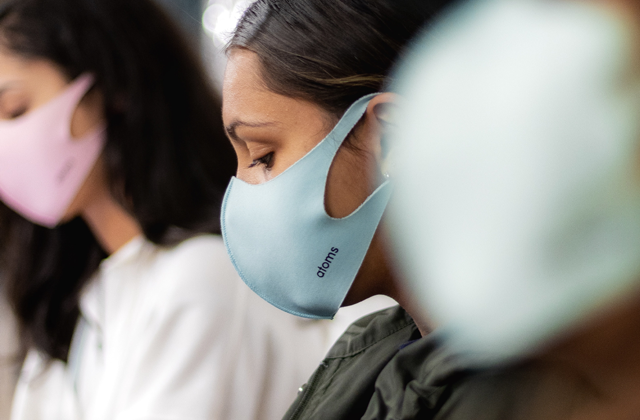
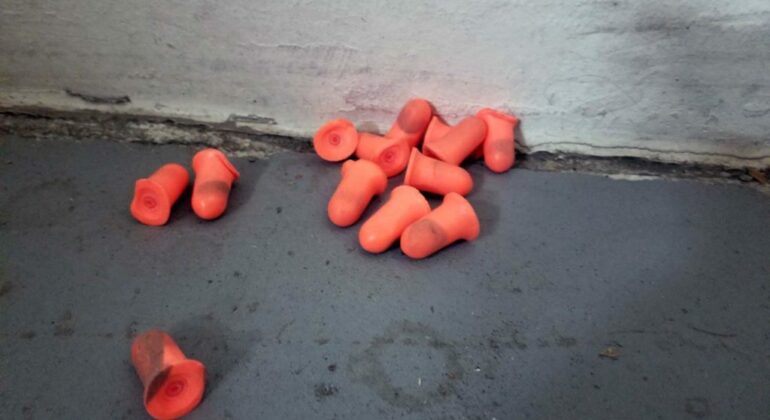


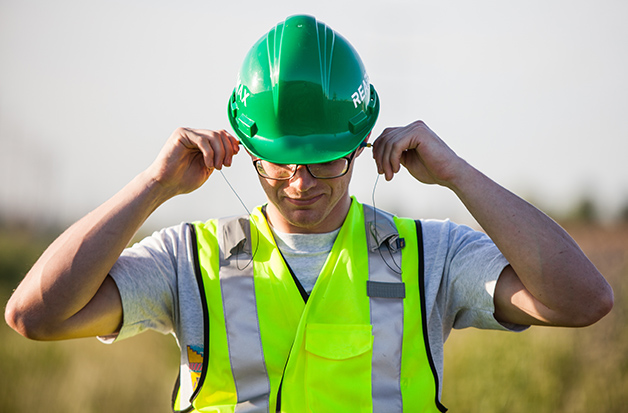



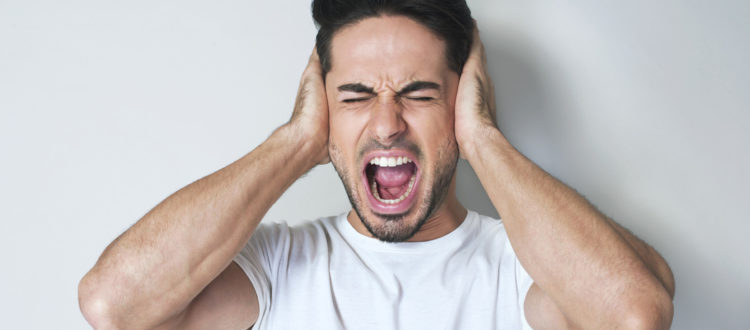






 New OSHA rules for eye and face protection were published in the US Federal Register on March 25, 2016. Affected companies–which include all employers operating in general industry, shipyards, longshoring, marine terminals, and construction–should reference the full text of the Federal Register as well as the updated consensus standard which has been incorporated by reference, ANSI/ISEA Z87.1-2010 – Occupational and Educational Personal Eye and Face Protection Devices.
New OSHA rules for eye and face protection were published in the US Federal Register on March 25, 2016. Affected companies–which include all employers operating in general industry, shipyards, longshoring, marine terminals, and construction–should reference the full text of the Federal Register as well as the updated consensus standard which has been incorporated by reference, ANSI/ISEA Z87.1-2010 – Occupational and Educational Personal Eye and Face Protection Devices.
